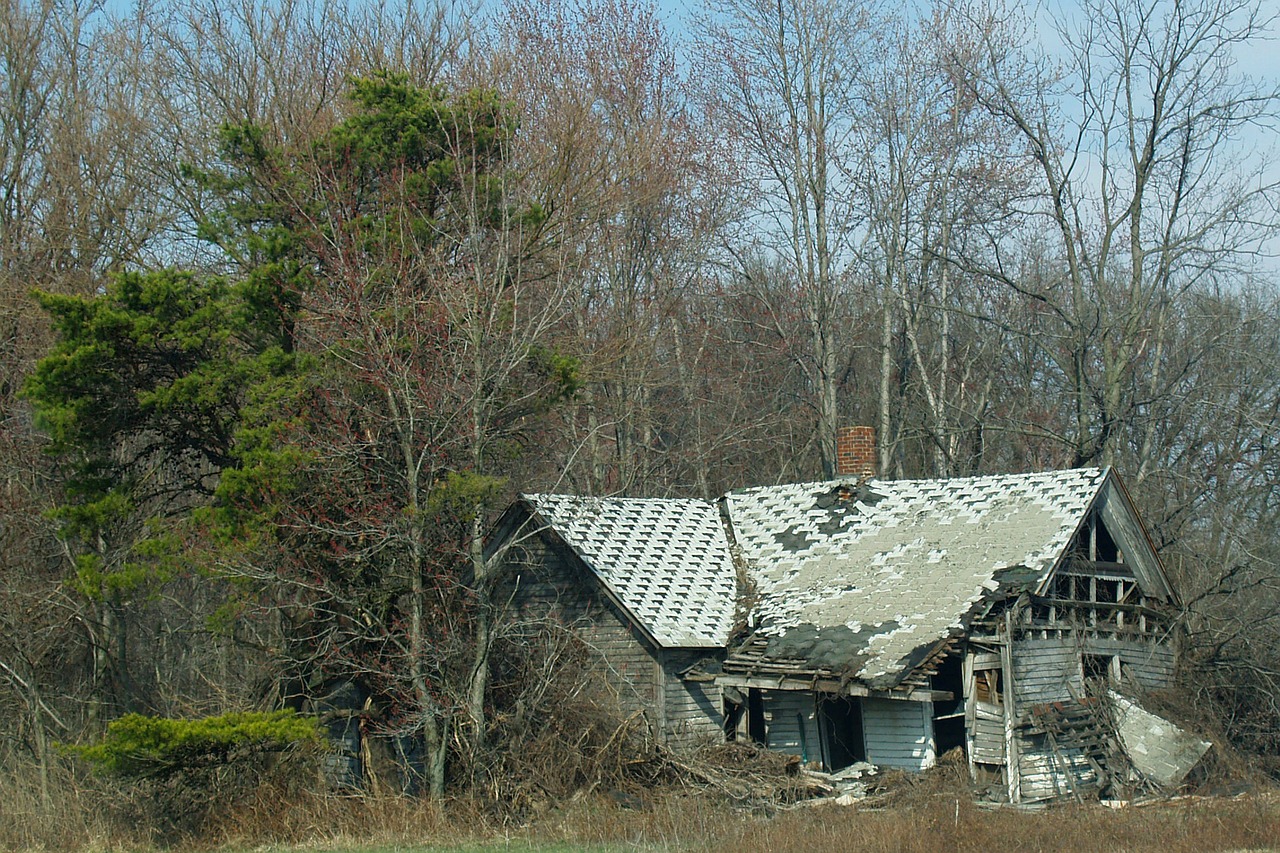How to Handle Multiple Weather Events

Did you file a hail claim at the beginning of the year? Were the repairs complete or not? If so, you may be wondering what’s next. If you didn’t repair the previous damages, then no claim should be made. If you have new damage, it is best to gather receipts and have photos of the work done so that you can prove to your insurance company that the repairs were complete. This allows you to be paid for the new roof or windows that were damaged. The following steps are what you should do for the new damages.
Step one – Document the damages. Take many photos and videos when you first notice the damage.
Step two – Mitigate the damages to prevent any further repairs to your home. This includes tarping leaks in the roof, boarding up broken windows, and clearing debris.
Step three – Have a roofer, someone you trust, or your public adjuster inspect your home so that you know the extent of the damages to help determine if filing a claim is in your best interest.
Step four– Make sure to have your full policy. Know your policy coverages and the deductible amount. This is helpful because you want to know if the damages are going to be covered. You also want to know if the cost to repair will be greater than your deductible. If the amount is higher than your deductible, then it makes sense to file a claim. If not, then there isn’t a need to file a claim. If you currently have an open claim, the storm damages would be a new claim as it is a separate occurrence, so make sure this is new damage.
Step five – Don’t make any quick decisions when it comes to restoring your home. It is common for contractors to go door to door when a hailstorm comes through. Make sure you are open to multiple opinions and getting multiple estimates.
At Brown O’Haver, we are here to help in situations like these. We will inspect the damages and review your policy for you so that you are able to make the best decision.







